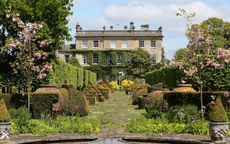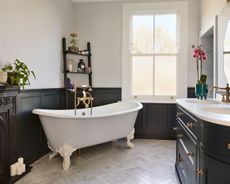Wildlife garden ideas – 16 ways to transform your backyard into a nature-friendly plot
No matter how large or small your backyard, by following these simple wildlife garden ideas, it can be a colorful and welcoming haven for birds, insects and animals
- (opens in new tab)
- (opens in new tab)
- (opens in new tab)
- Sign up to our newsletter Newsletter


Wildlife garden ideas can bring innumerable benefits to us, our gardens and the environment, as well as wildlife.
With many of us spending more time in our backyards, it only adds to the enjoyment when we can observe bees, butterflies, birds and other creatures enjoying our outdoor spaces, too.
All gardeners have an important part to play in providing valuable shelter, habitats, food and water for wildlife, no matter how small or large your plot. There are endless easy ways you can do this, so add some of the ideas below to your garden ideas and welcome creatures great and small into your backyard.
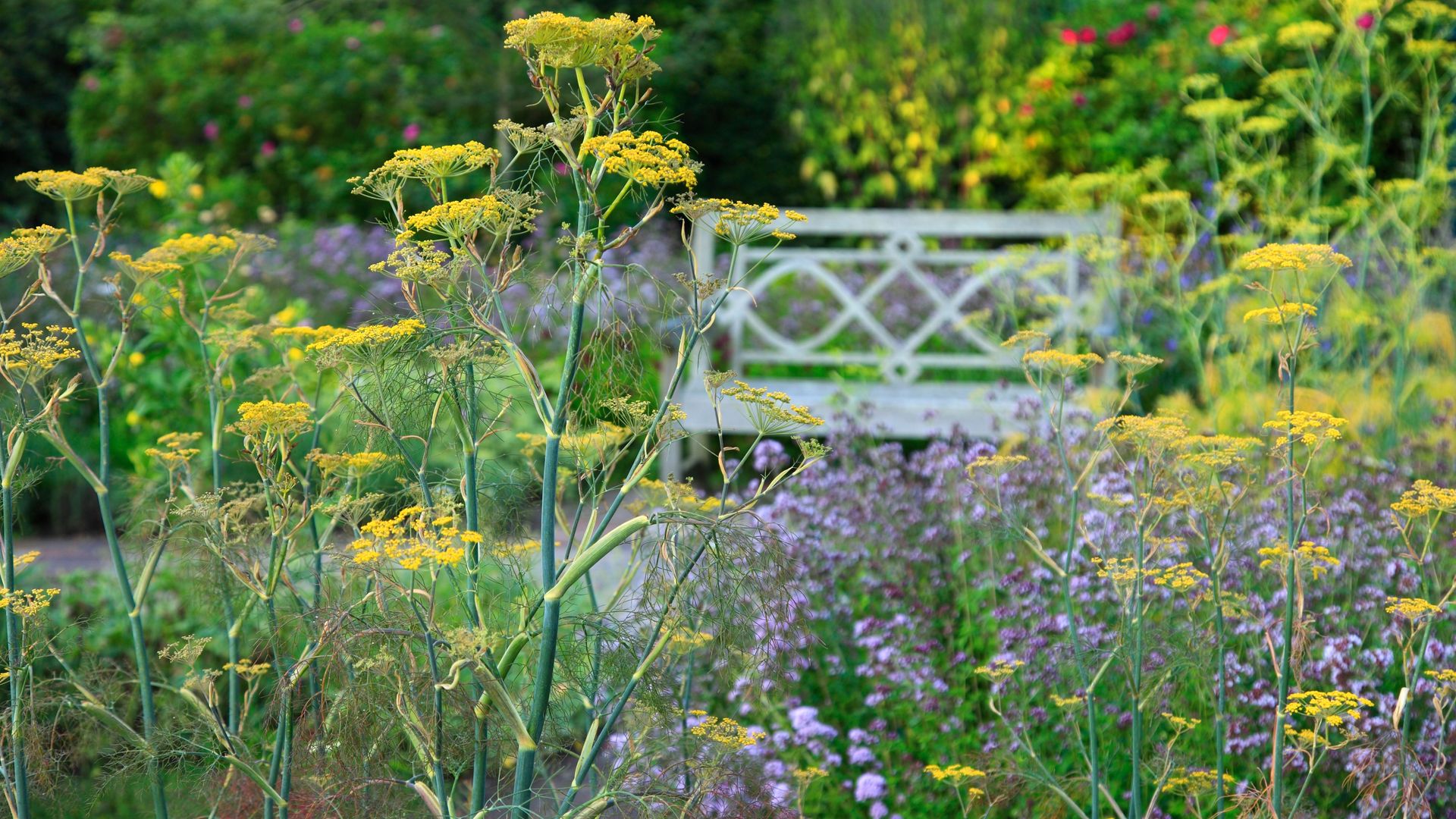
Wildlife garden ideas
From building miniature ponds to providing hedgehogs with homes and growing plants for pollinators, there’s a whole range of wildlife garden ideas. A few simple changes in the way you manage your garden can help provide habitats to support a rich variety of species.
Even if you have the tiniest plot, add some of these tips to your other small garden ideas, and you'll soon see the benefits. Your beds and borders will flourish, while creating a food chain that manages the ecosystem of your garden.
These ideas can be used in any style of garden, from a sleek and contemporary urban plot, to a traditional country garden. ‘There is a perception that a wildlife garden means mess and that’s simply not the case – you can create many different aesthetics that can be beautiful, functional and teeming with life,’ explains garden designer Jo Thompson (opens in new tab).
1. Grow plants for pollinators
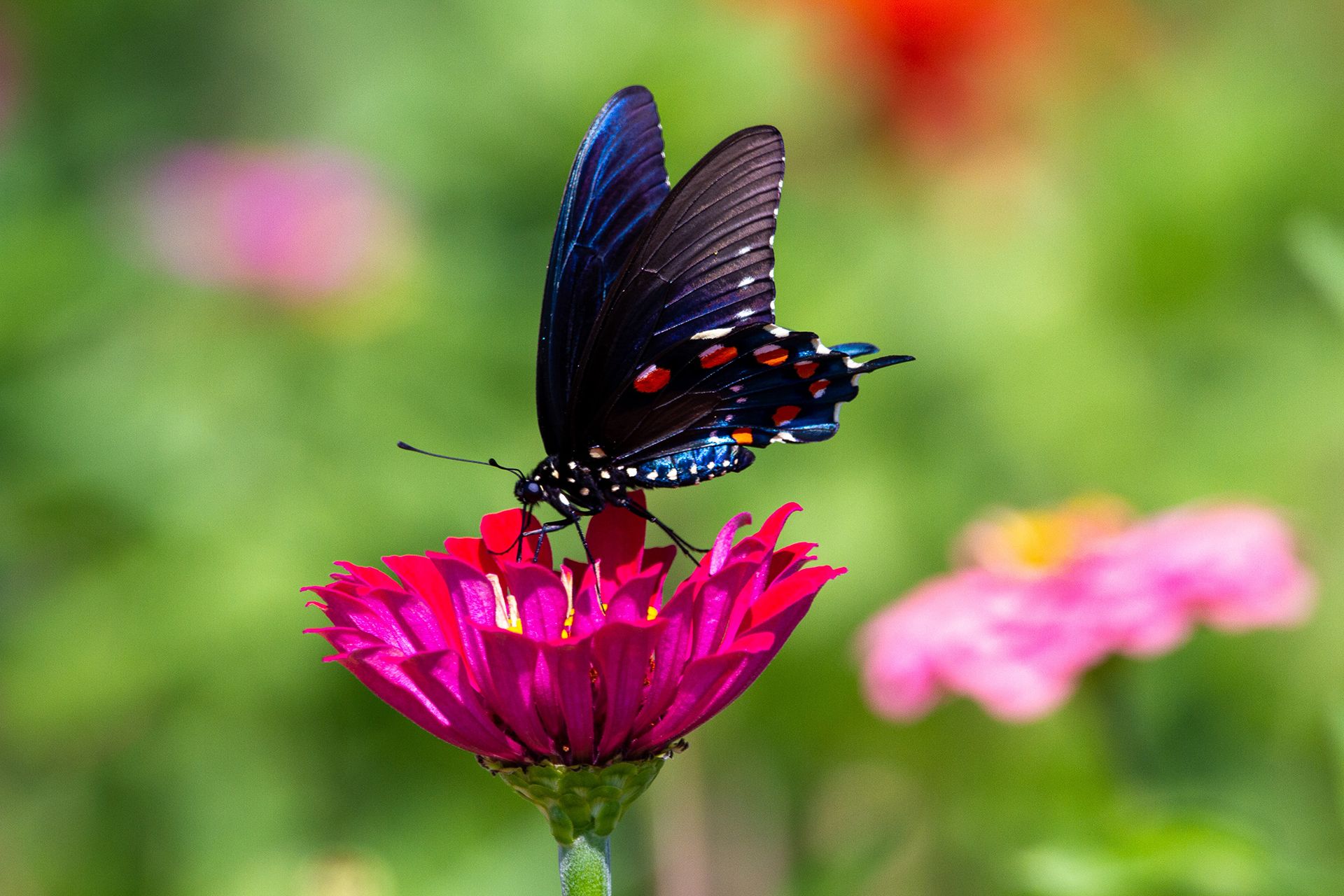
Plants are the single most important factor when it comes to creating a wildlife garden. Naturalistic planting design involves using a wide variety of the best performing flowers which require minimal maintenance, leaving them for wildlife to enjoy.
'Pollinators, such as bees, butterflies, hoverflies and moths rely on flowers that are rich in nectar and pollen for food,' says Simon Toomer, National Trust’s Plant Specialist. 'As they move from flower to flower they help to spread pollen and fertilize your plants, so it’s well worth looking after them – even in a small garden.'
‘As a general rule, the best plants for pollinators are single-flowering, open varieties, and not highly bred cultivars or multi-petalled varieties,’ explains Mick Lavelle, garden writer and author of The Illustrated Practical Guide to Wildlife Gardening (opens in new tab).
To give the best chance, when planning your flower bed ideas, grow different types of pollinator-friendly plants so that there’s something in bloom for them all year round.
'The bigger the diversity of flowering plants the greater the number of insects will benefit and the more birds will come in to eat them,' explains garden designer Cheryl Cummings (opens in new tab).
If you want to know how to attract butterflies, in particular, them tube-shaped flowers, such as foxgloves, are ideal for their long tongues as well as for long-tongued bees such as the garden bumblebee.
2. Build a bee house
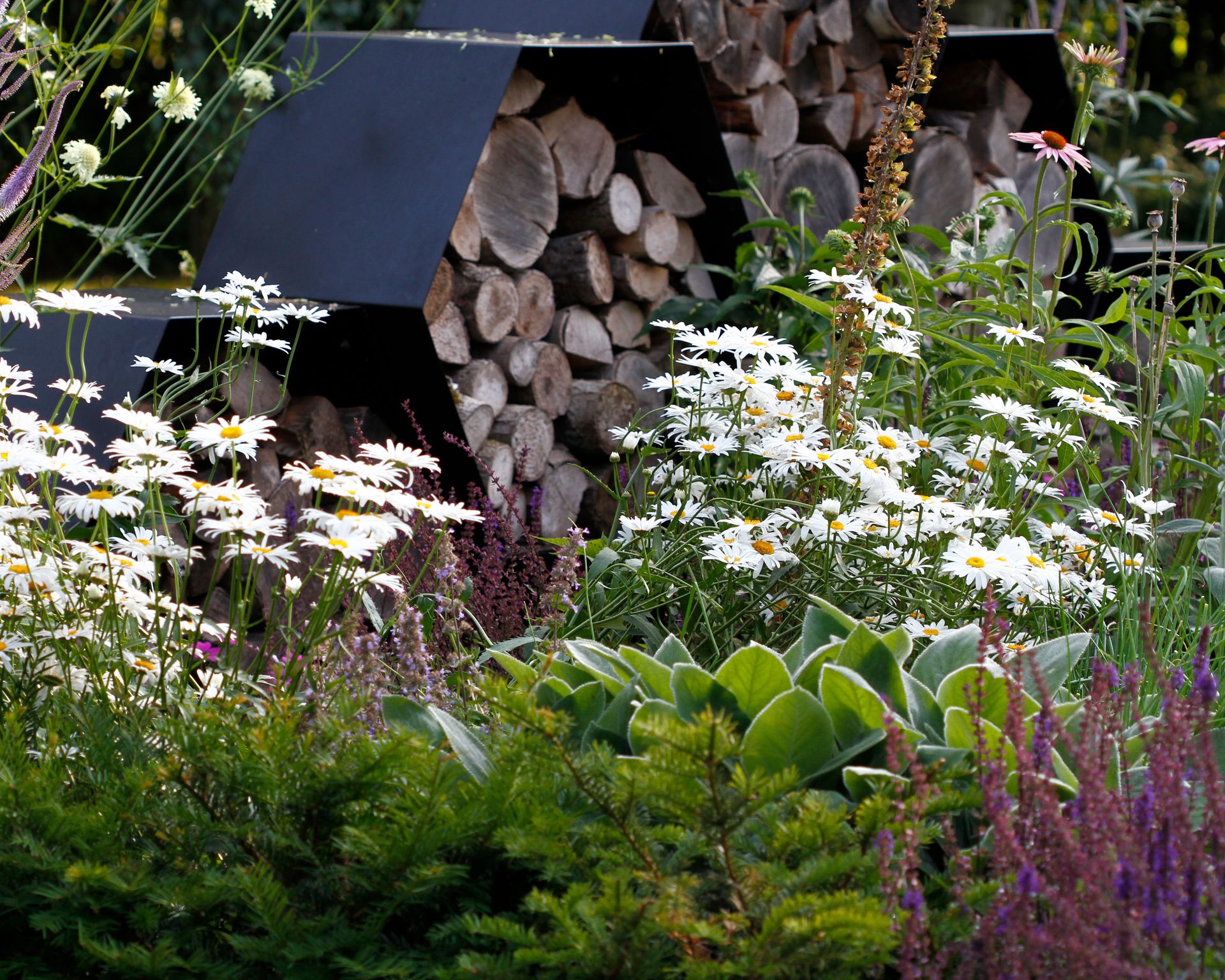
All wildlife needs a place to shelter and one of the best wildlife garden ideas is to provide safe spaces where they can hide, nest and overwinter. This can range from simply leaving a pile of logs in a quiet corner or the garden to building your own bespoke bee house
‘Incorporate a bee house for overwintering pollinators, which can become a focal point in itself,’ suggests garden designer Mandy Buckland of Greencube Design (opens in new tab).
You might think of bees as living in hives in large colonies, serving a queen and producing honey – but actually only about 10% of the bee species do this. The other 90% are solitary bees and don’t produce honey, although they are still very important as pollinators.
You can give solitary bees a hand by installing a bee house in your garden – which is where the females will lay their eggs – and then ‘plug’ the ends of the tubes with mud, plant hairs or leaves (depending on the species of bee).
3. Add a wildlife pond
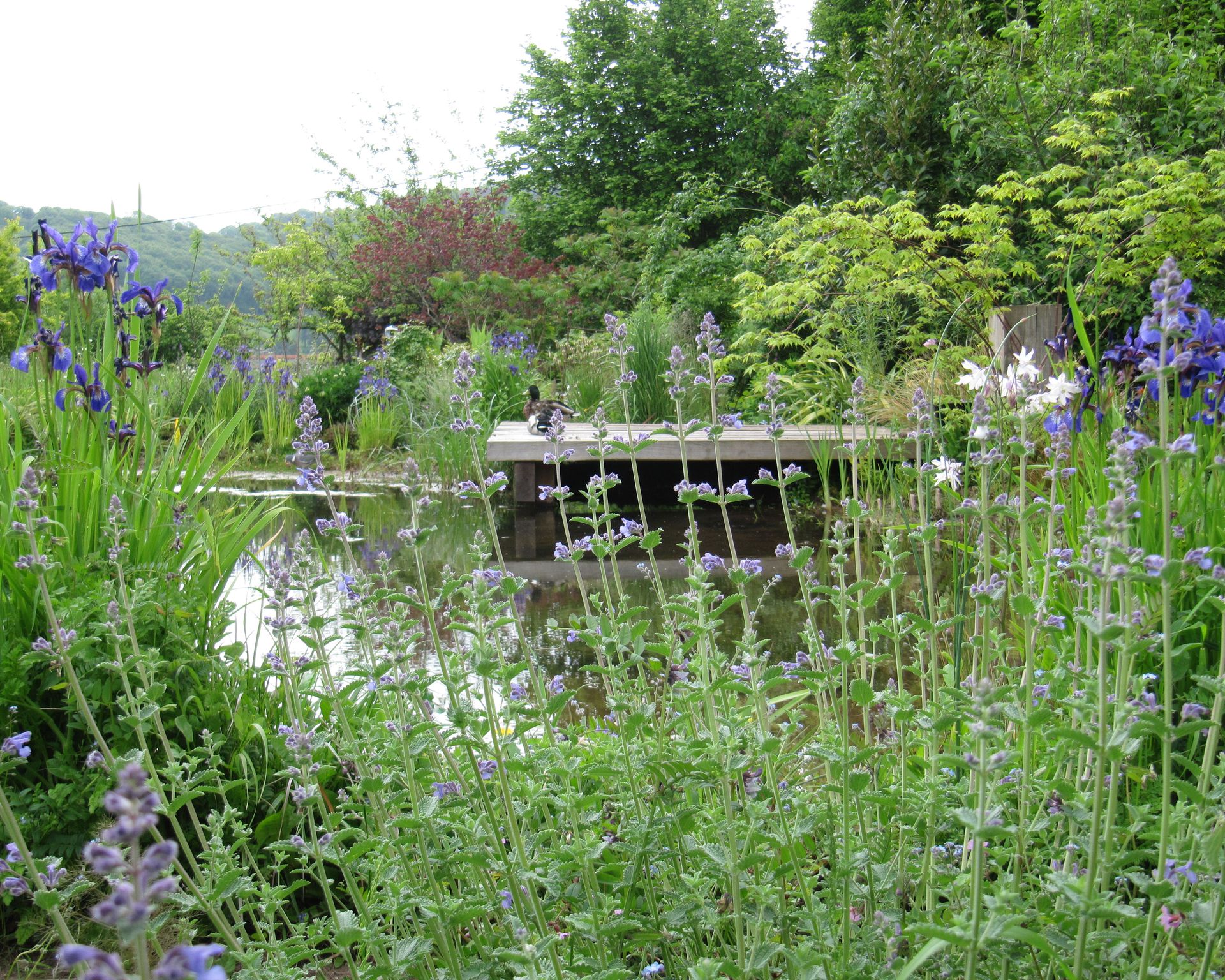
Water is essential to all life and garden pond ideas attract a wide variety of insects and animals, and are valuable habitats for a multitude of aquatic species, so are wonderful wildlife garden ideas.
‘Birds will come to ponds and other water features to drink and bathe right through the year; in spring the frogs will lay eggs, while in summer you might see swimming newts, or damselflies and dragonflies zooming over the water,’ says Cheryl Cummings.
It doesn't have to be a big pond, but for best results, position it in a sunny location, away from overhanging trees, plant at least two thirds of its perimeter to enhance its wildlife value, and pond plants to oxygenate the water.
If your backyard doesn’t have space for a pond, 'a bird bath is a good alternative, just make sure that the water is full and clean,’ explains Jo Thompson.
Leaving out a tray of water that you refresh regularly even will be of great help to local wildlife – especially if you put some pebbles in it to give insects like bees a dry place to perch while they drink.
4. Avoid using chemical pesticides

Insects are the essential backbone of life in the garden, so one of the most important wildlife garden ideas is to avoid using pesticides, which can be highly toxic to beneficial insects.
‘Removing chemicals from your garden will ensure that our finely tuned eco-system will have the opportunity to find its natural equilibrium,’ adds Jo Thompson.
By creating a delicate balance between bugs, pests and their predators, you can improve the health and vitality of your garden, too.
The number one threat to pollinators are neonicotinoids – a type of pesticide which is highly toxic to bees, butterflies and other insects. When applied they spread throughout the entire plant – including to the pollen and nectar, and they can also persist in soil for years. Using pesticides to get rid of insects can also have a knock-on effect on birds and other wildlife, which rely on these for food.
5. Use natural pest control
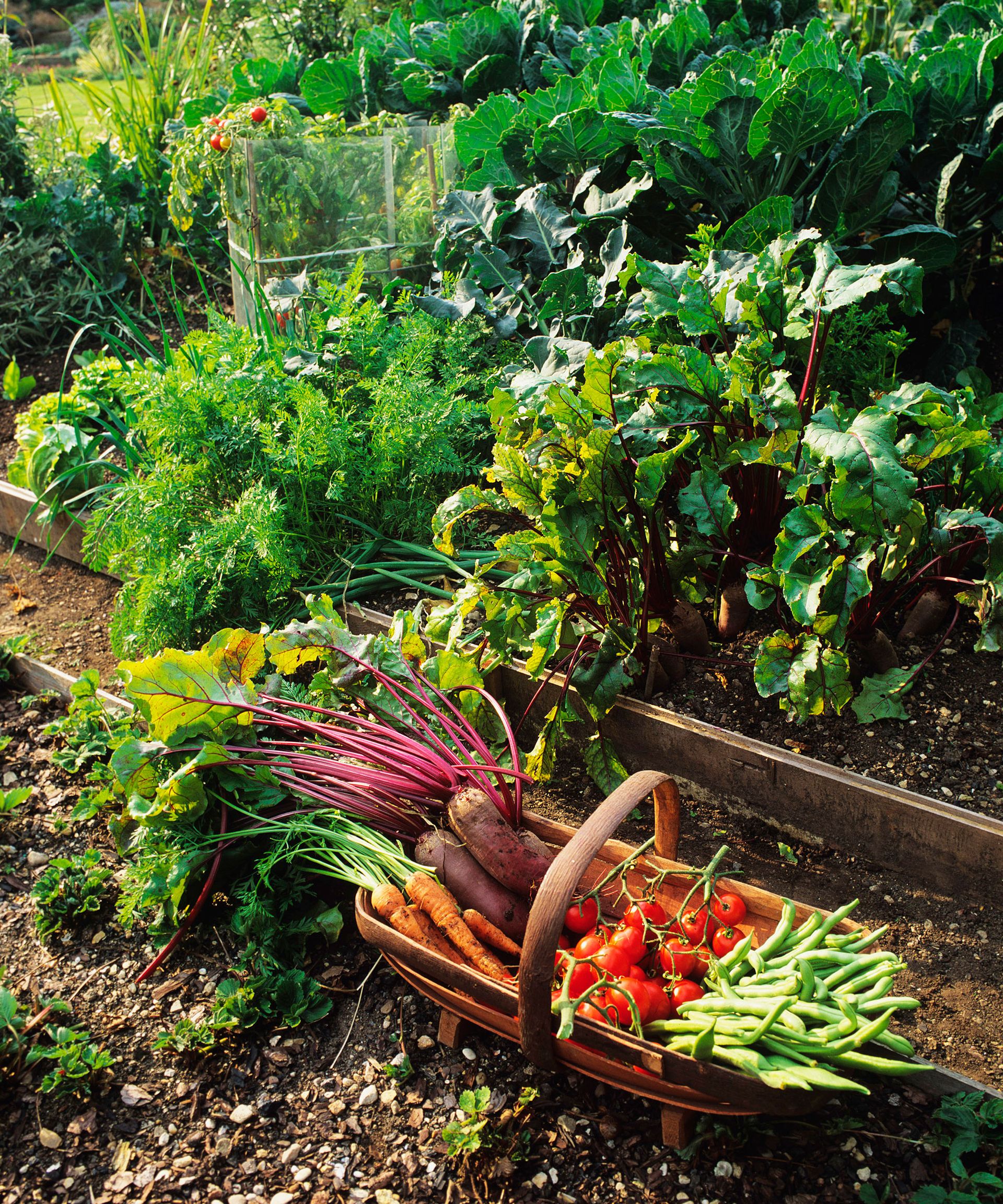
Instead of using pesticides, there are a number of ways you can garden more organically and control pests in a natural way that are also wonderful ways to create an eco-friendly garden.
Here are a few alternative methods of pest control that are good wildlife garden ideas:
Hand picking
Although somewhat tedious, removing infestations by hand is a simple and effective method of pest control. Although not always practical where you have hundreds of tiny pests (like aphids), it works well for larger insects, slugs and snails. Unfortunately you’ll need to dispatch the pests after removing them, otherwise they’ll soon be back eating your plants.
Companion planting
Companion planting involves growing plants close together where one or both have beneficial effects on the other. For example, French marigolds emit a strong odor that deters whitefly and blackfly, so can be used to keep these bugs away from your tomato plants. Garlic, chives and alliums have a similar effect on aphids, so pop a few in among your roses to keep them safe.
Natural predation
Nurture an environment for natural pest control, create habitats for garden wildlife and they’ll often repay the favor by preying on pests. Birds, frogs, toads, slow worms, and hedgehogs will all make a meal out of your local slug population, while insects like ladybirds and hoverflies will take care of the likes of aphids, mites and mealybugs.
6. Create a hedgehog house

Hedgehogs are the gardener's friend, consuming huge amounts of pests, so why not build a hedgehog house in a far corner of your backyard?
Stack some old logs leaving a gap in the middle and cover them with leafy branches in a place where they won't be disturbed. Next spring, you may be lucky enough to have a whole family living in your garden, complete with a litter of hoglets.
If you're planning a bonfire, too, leave building it until the very last minute, as piles of wood and leaves are extremely appealing shelters to small creatures.
7. Feed the birds
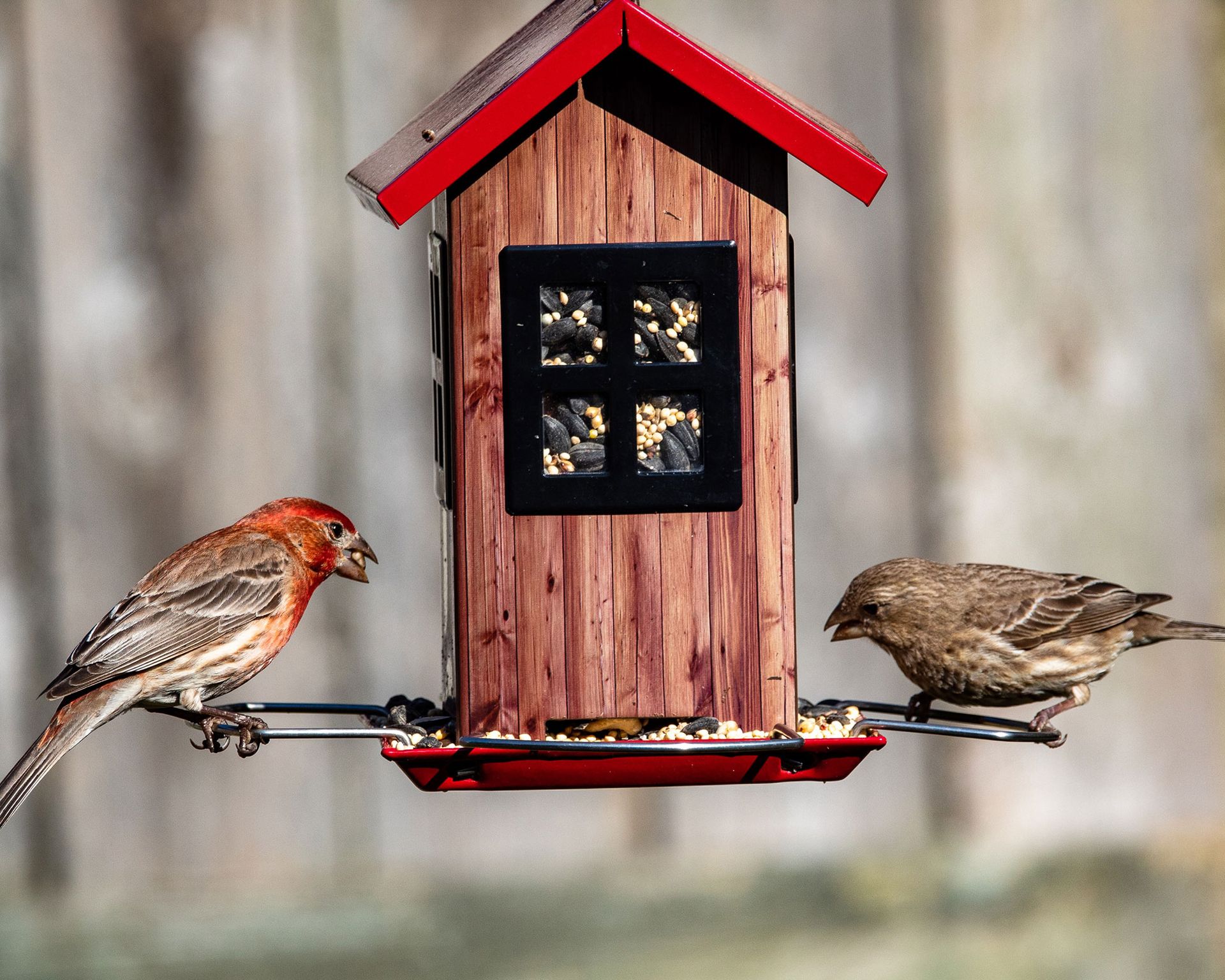
Bird feeders are great garden wildlife ideas as a way to encourage birds into your garden, and they also provide them with vital support over winter when food is scarce.
If you’re feeling crafty, why not make an up-cycled bird feeder from materials you probably have lying around at home?
Early fall is a vital time for feeding birds as they need help to them get through the coming winter, and there are things to consider when feeding birds in winter. High energy foods such as fat balls are ideal but always remove the mesh bags, as these can trap tiny feet.
Don't forget that a ready supply of fresh water is even more important than food – especially in winter. Top up bird baths daily and you could be saving lots of lives.
8. Plant the right flowers
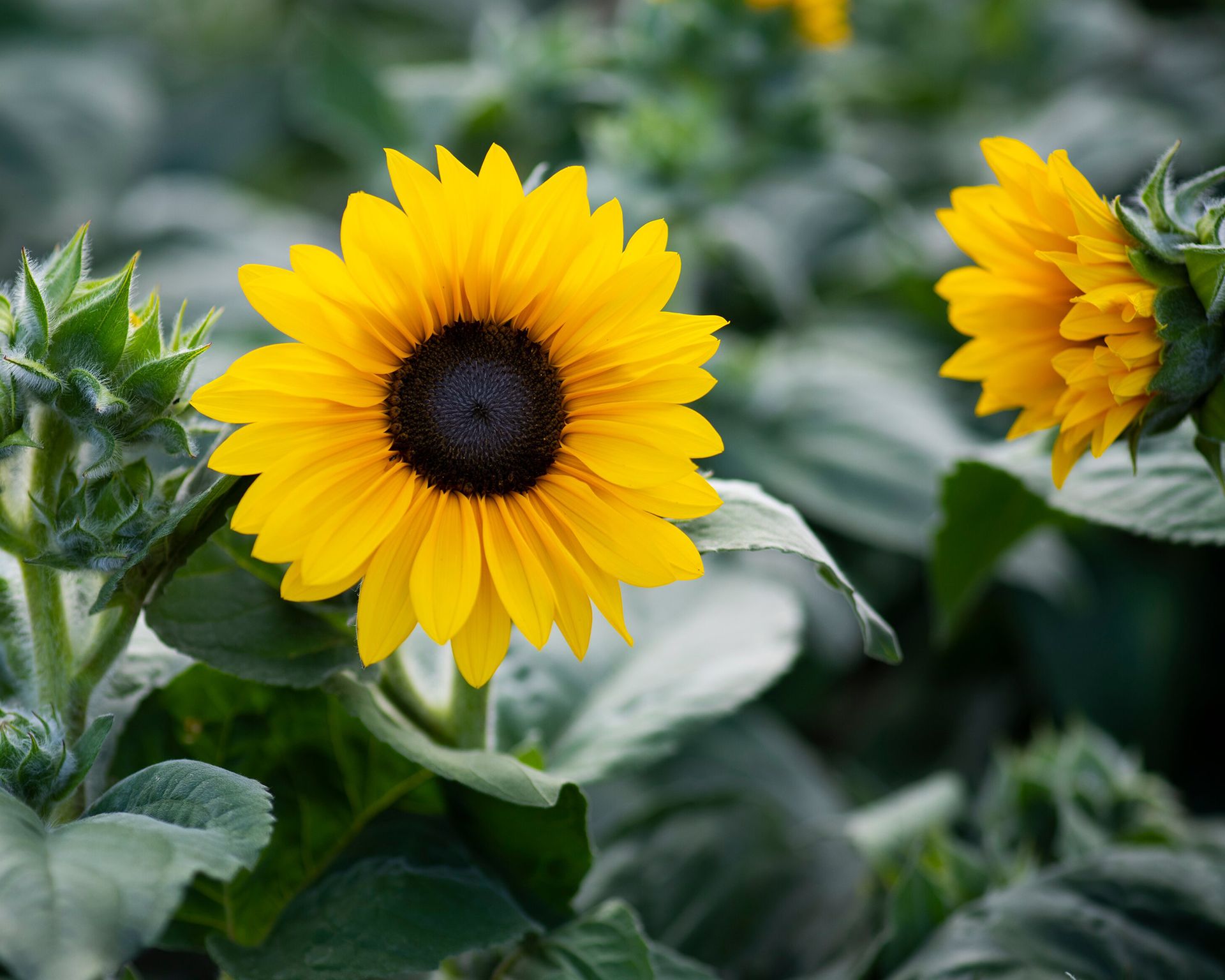
The great news is that often what is attractive to wildlife – bright berries, a lovely fragrance or abundant blooms – is also extremely attractive to gardeners.
Sunflowers
Find out how to grow sunflowers to fill the garden with these cheery, yellow flowers. Look out for the branching options that make great temporary hedges. Plant at the back of borders where the seedheads can be allowed to ripen, attracting masses of wild birds including tits and finches.
Viper's bugloss
Also known as echium, this attractive native plant has 60cm tall spikes of bright blue flowers. Easily grown from seed, it blooms from June to September and is ideal planted at the back of a herb garden. The multiple flower heads are thick with nectar and attract a huge range of different butterflies.
Pyracantha
Ideal for wildlife gardens this shrub has glossy dark green leaves, pretty flowers in spring and is covered in stunning red, orange or yellow berries in fall. Hedgehogs love this evergreen shrub as it has thorny branches that arch to the ground, providing a year-round source of shelter.
9. Introduce fragrance and color with lavender
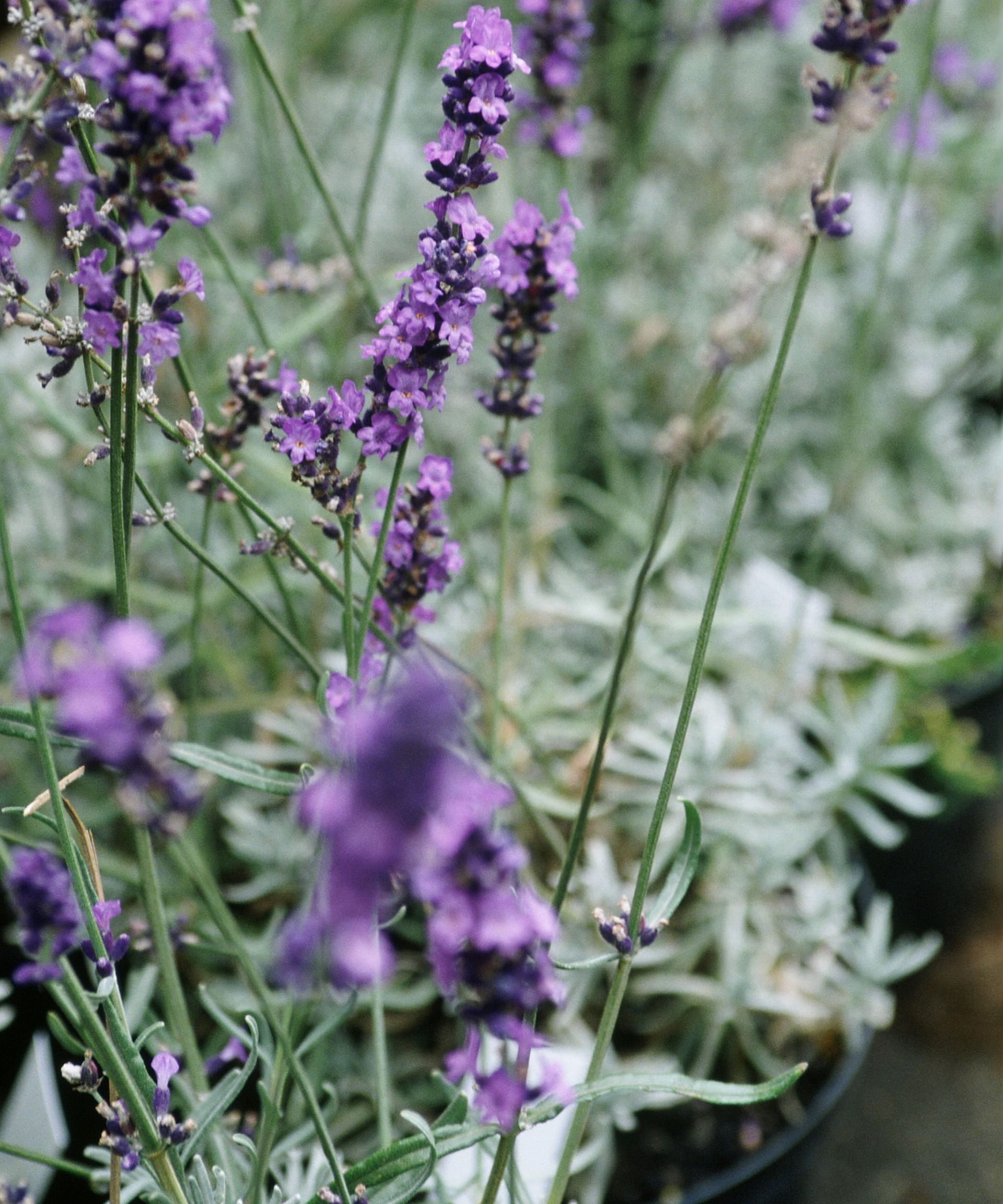
This classic favorite among cottage garden plants has pretty blue-green foliage covered in masses of fragrant lilac blooms from June to August.
Once you get to grips with how to grow lavender, you'll be wanting to dot the fragrant plants all over the garden and is an addition to your wildlife garden ideas that has numerous benefits and uses.
Plant in full sun and prune after flowering to keep in shape. Lavender attracts a huge variety of honey bees and bumble bees. Plant a few different varieties to extend the flowering period.
10. Add a balcony bird feeder
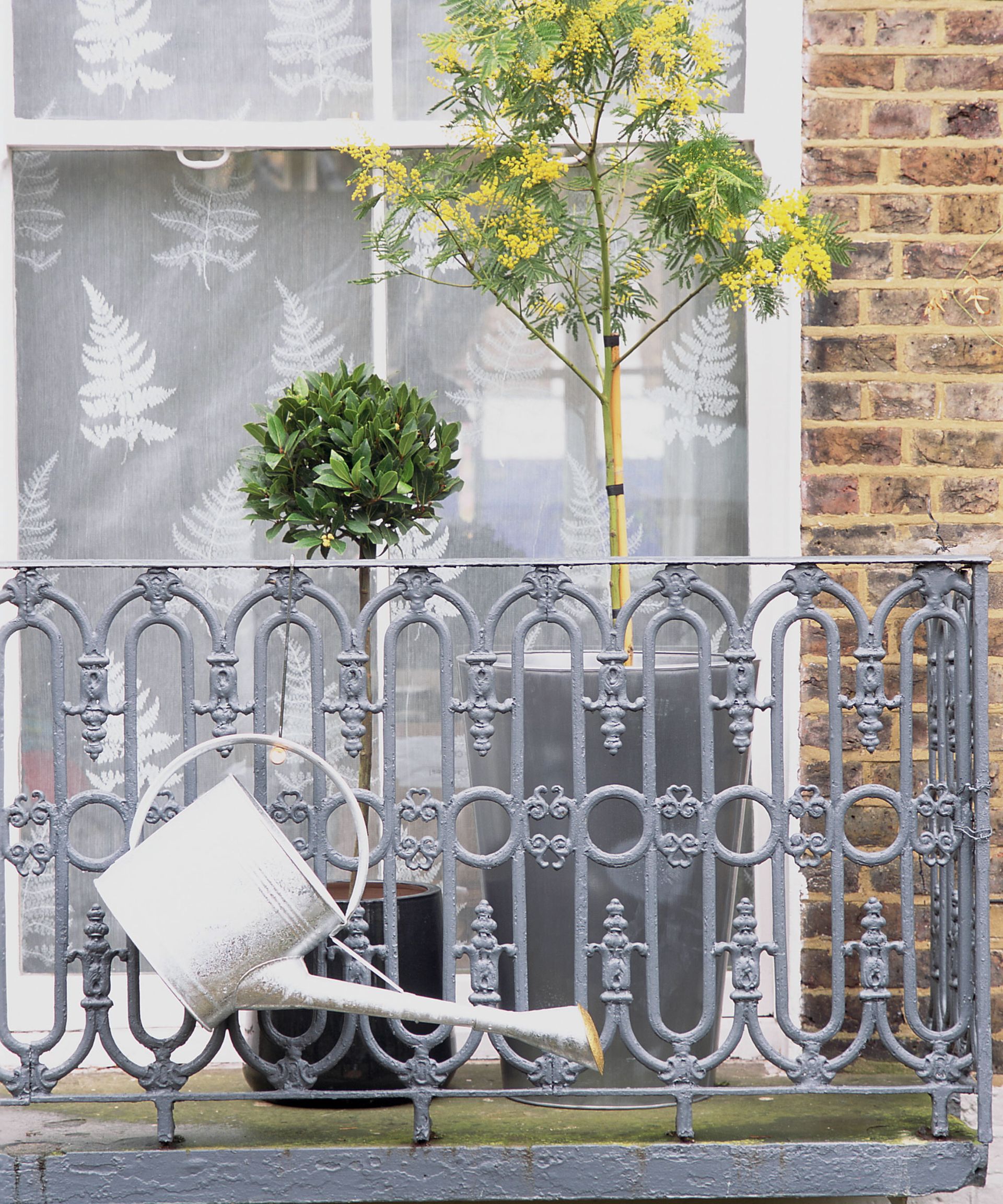
If you have no backyard but a balcony garden, you can still enjoy watching all manner of colorful wild birds, simply by investing in a bird feeder.
Fill it with peanuts or hulled sunflower seeds for a high-energy, low-mess treat that will attract a wide range of different species including blue tits and robins. Clean feeders regularly with hot soapy water and dry thoroughly before refilling.
11. Delay garden maintenance
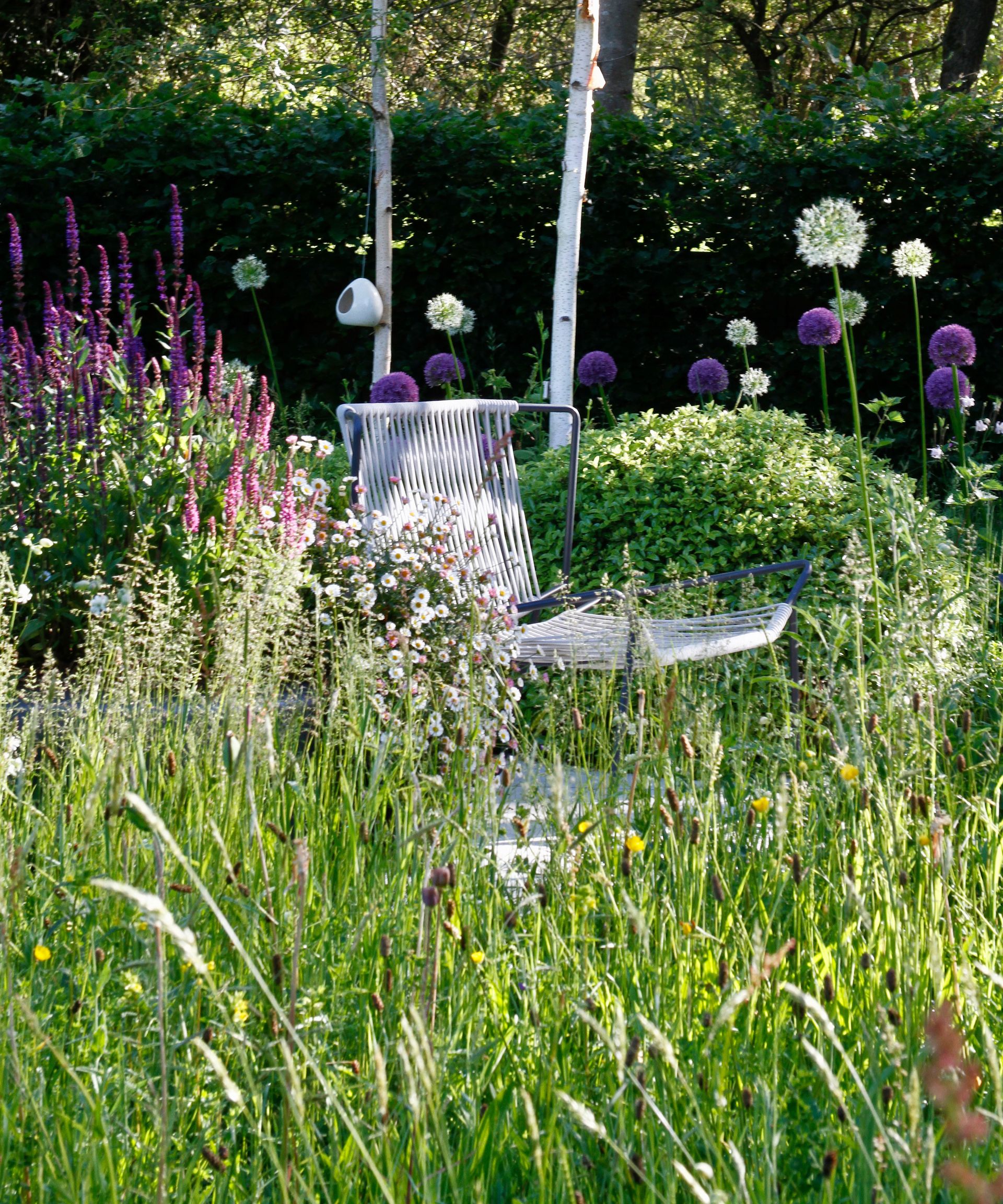
A few simple changes in the way you manage your garden can help provide habitats to support a rich variety of species.
‘Avoid being over zealous in deadheading some of your garden edging or border plants in fall and wait until spring, with the obvious exception of those that are likely to self seed and become a nuisance,’ advises Mick Lavelle.
Leaving seed heads on plants provides food for birds and insects during the leaner months, or allow nettles, one of the best sources of food for caterpillars and some butterfly species, to grow in unseen areas, suggests Jo Thompson.
‘Also leave the lawn to grow, allow its weeds to flower and insects will feast on the banquet they provide,’ adds Cheryl Cummings.
Simply leave the mower in the shed until the end of June, or at least reduce the frequency of mowing to once every four weeks. This will allow all sorts of flowers such as red and white clovers, daisy, self-heal and dandelion to spring up in your lawn, which the bees and butterflies will love.
Alternatively, plant a tapestry lawn full of nectar-rich flowers. With the right selection of ground cover plants, they're easy to look after – and they look beautiful, too.
12. Plant purple flowers
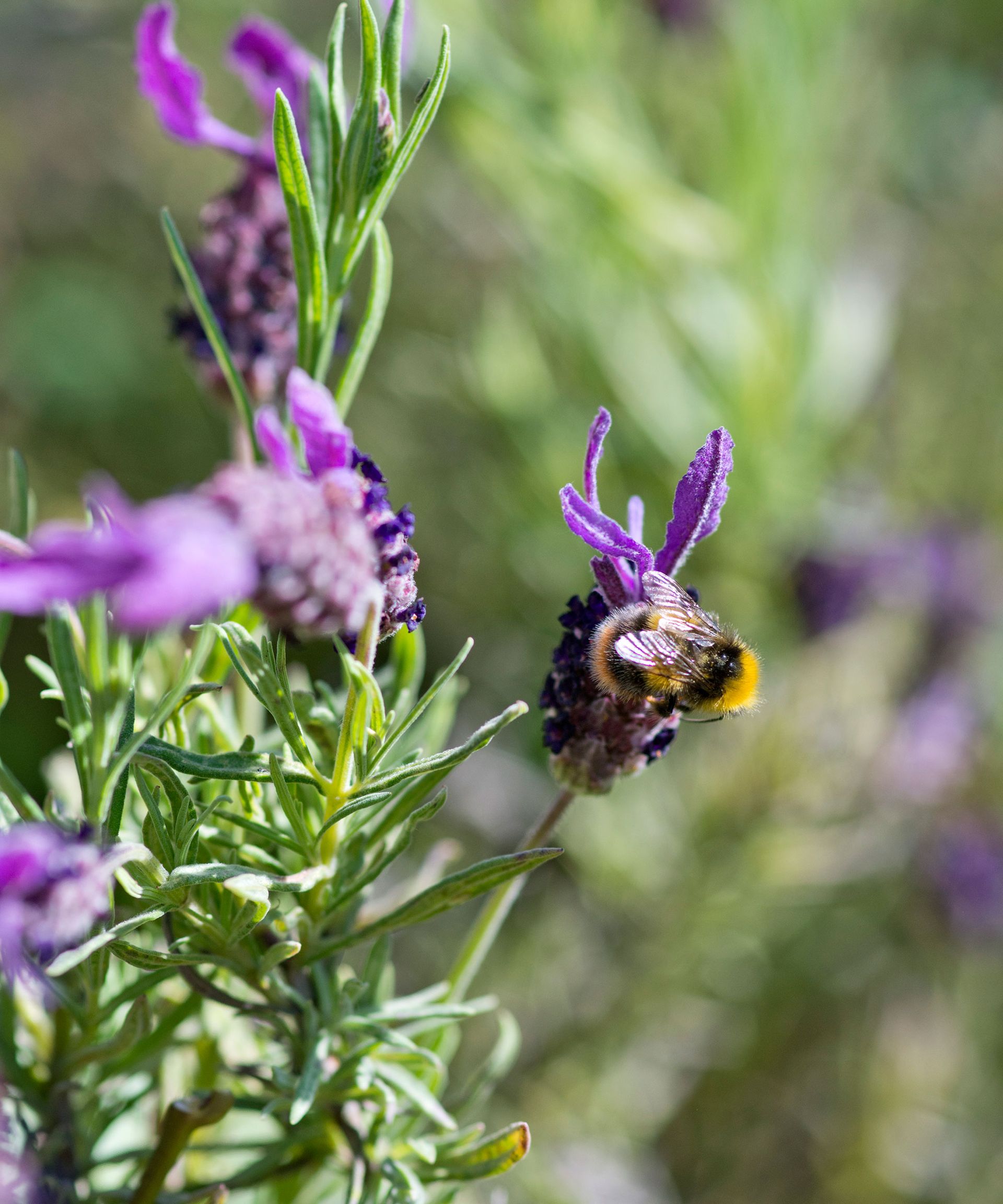
It’s worth bearing in mind that among the best flowers that attract bees are purple blooms, as bees can see the color purple more clearly than any other color.
They are often attracted to the purple or blue flowers often seen in a sensory garden, and if you are looking into beekeeping for beginners, then nectar rich purple lilac, lavender, salvias and perovskia are among the many pollinator friendly plants to plan near to your bee hives.
13. Instal a bird box

Garden birds are great at slug and snail control, plus there’s nothing more relaxing and enjoyable than sitting outside on a sunny day, listening to a chorus of birdsong and watching winged visitors alighting on branches.
If you have the room, install a bird box to give your local feathered friends somewhere to raise their young. Bird boxes are best installed in late February before the nesting season gets going, but you could always put one up now for next year.
November is also the perfect time to clear out existing bird boxes and position new ones.
14. Make a bug hotel

There are many kinds of bugs that can help you keep pests at bay in the garden – such as ladybirds, which eat aphids, and centipedes that prey on soil-dwelling pests such as mites, baby snails, and slugs. The rewilding garden trend has seen many gardeners put the control of pests back in the hands of nature.
‘You can get creative about how you reuse other natural materials to create dry spaces for bugs and other wildlife,’ suggests Jo Thompson.
Learning how to make a bug hotel will provide plenty of hidey-holes for useful bugs, and it’s a great way to use up materials you might have lying around. An old wooden pallet makes a great base, and you can then fill it with various materials such as cardboard tubes, old flowerpots, straw, pinecones, bits of bark and bundles of twigs. Top it off with old roof tiles, turf, logs or a pile of leaves.
15. Include native trees and shrubs
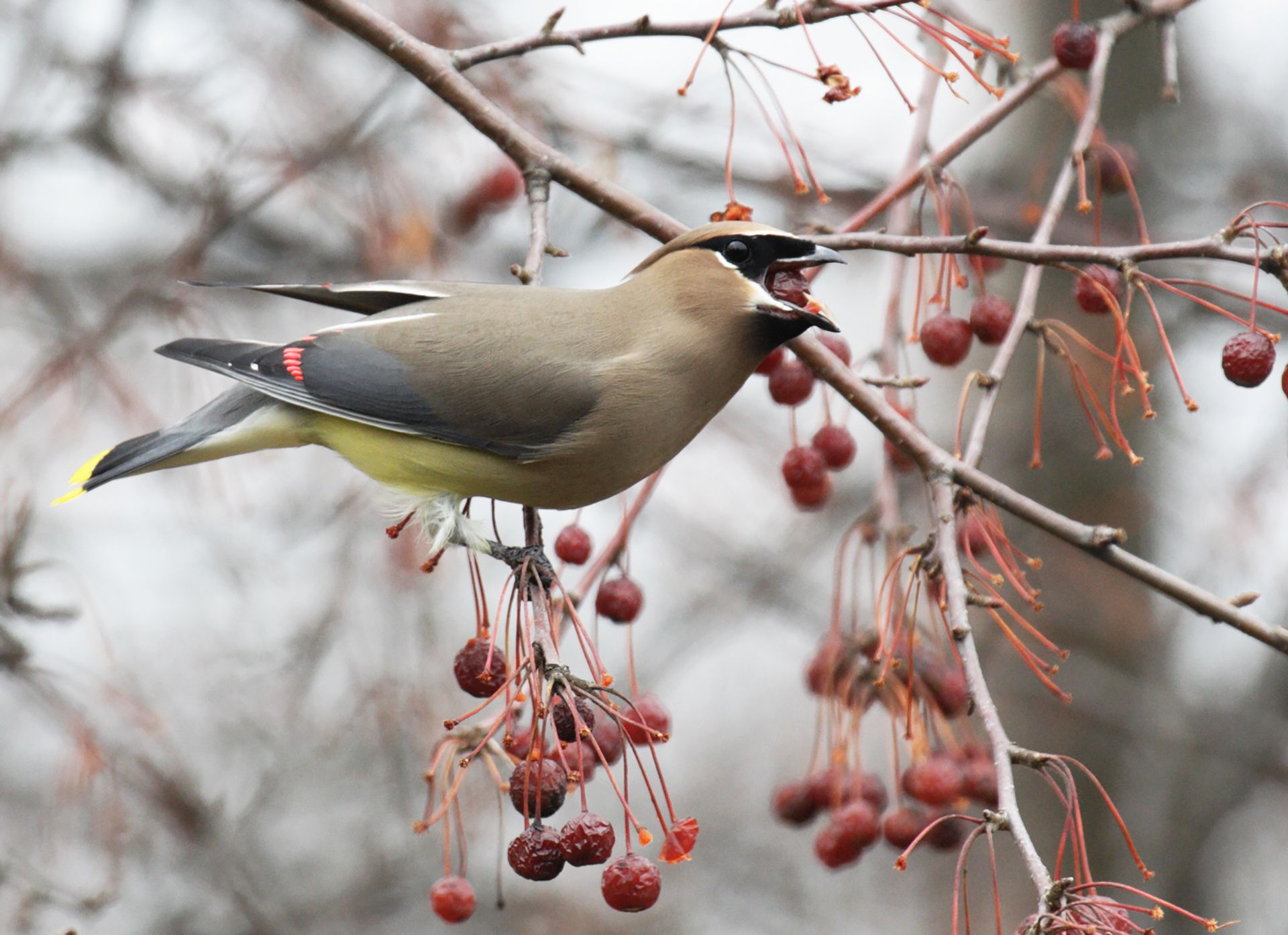
‘Native hedges can provide important wildlife habitats,’ explains John Wyer, CEO of Bowles & Wyer (opens in new tab).
If space permits, large trees and shrubs will provide perches and nesting sites for many birds. ‘Those that produce seeds or fruit are often a valuable source of food for many birds in fall or winter, too,’ explains Mick Lavelle.
If you are after quick results, you can plant some of the best fast growing shrubs to provide food and habitats for wildlife, or evergreen shrubs to give them a place to shelter throughout the year
16. Plant a wildflower meadow
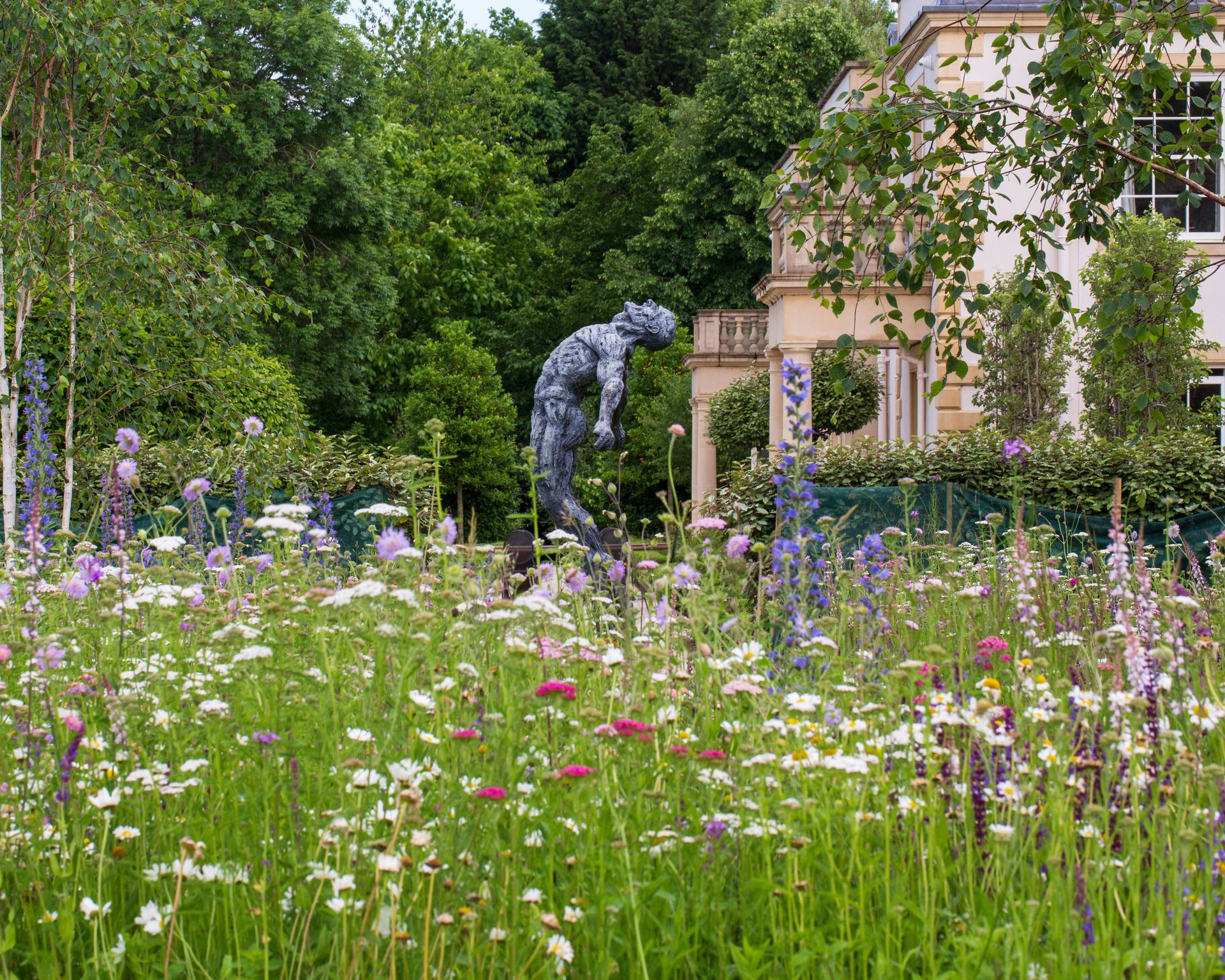
A wildflower meadow is a wonderful garden wildlife idea.
Preparation of wildflower meadows is key, explains Rob Jones, director of The Garden Design Company (opens in new tab).
‘You need to consider whether it will be annual or perennial, and different wildflower mixes will suit different soil conditions and aspects,' he adds.
There is the option to use wildflower seeds, plug plants or wildflower turf. You could also learn how to make wildflower seed bombs.
Wildflower meadows are best sown in fall, or early spring as a second best, Rob advises.
How do you plan a wildlife garden?
Diversity is one of the key things to consider in a successful wildlife garden. Plant a range of flowers, trees, climbers and shrubs that bloom at different times, and ensure you include plenty of evergreen plants for cover.
Hedge your bets and plant a mixture of shrubs along the edges of all your boundaries where possible. Hedgerows provide food and nesting sites for birds, shelter for small mammals, green corridors to allow wildlife to move safely from garden to garden and a host of other benefits.
Avoid pesticides as these can kill many of the beneficial insects, birds and hedgehogs that will help you to create a natural balance on your plot. Instead, rely on permaculture gardening, which will help you easily create a garden that operates like nature does, relying little on extra resources you need to buy, bring in or add – such as fertilizers and watering systems.
Finally, recycle kitchen and garden waste on your compost heap. As well as creating useful food for your plants, compost heaps can shelter a variety of interesting animals – including slow worms that get rid of slugs.
What are good wildlife flowers?
There is an endless choice of flowers that are good for a wildlife garden. Include some of the following to provide food for essential pollinators, as well as habitats for some beneficial insects:
- Foxgloves are magnet for bees
- Salvia
- Echinacea
- Leucanthemum
- Cephalaria gigantea is a great self-seeder and magnet for bees, says Mandy Buckland
- Nepeta – 'we cut this back after flowering and feed with organic fertilizer and then you may then get three flourishes in the summer,' explains Mandy Buckland
- Alliums – 'if you choose carefully you can extend the flowering season from the early alliums, such as 'Purple Sensation' to later flowering alliums, such as 'Christophii',' says Mandy.
- Perovskia
This only brushes the surface of the range of plants ideal for a wildlife garden and the more diverse the mix in your backyard, the better for a healthy garden, and healthy wiidlife.
Rachel is senior content editor, and writes and commissions gardening content for homesandgardens.com, Homes & Gardens magazine, and its sister titles Period Living Magazine and Country Homes & Interiors. She has written for lifestyle magazines for many years, with a particular focus on gardening, historic houses and arts and crafts, but started out her journalism career in BBC radio, where she enjoyed reporting on and writing programme scripts for all manner of stories. Rachel then moved into regional lifestyle magazines, where the topics she wrote about, and people she interviewed, were as varied and eclectic as they were on radio. Always harboring a passion for homes and gardens, she jumped at the opportunity to work on The English Home and The English Garden magazines for a number of years, before joining the Period Living team, then the wider Homes & Gardens team, specializing in gardens.
-
-
 King Charles III has opened his home, Highgrove House, for an inspiring new reason
King Charles III has opened his home, Highgrove House, for an inspiring new reasonThe British monarch has opened the doors to Highgrove House, Dumfries House, and Castle of Mey until mid-March – here's why
By Megan Slack • Published
-
 Outdated bathroom trends – 6 overdone looks that designers like to avoid
Outdated bathroom trends – 6 overdone looks that designers like to avoidThere are both practical and aesthetic reasons as to why bathroom designers are washing their hands of certain looks
By Amy Cutmore • Published
